The Impact of Warm vs. Cool Tones in Living Spaces
Selected theme: Impact of Warm vs. Cool Tones in Living Spaces. Explore how color temperature shapes mood, connection, and daily rituals at home, and discover practical, beautiful ways to tune your rooms to how you truly live.

Color Psychology at Home
Reds, terracottas, corals, and ambers echo firelight and sunset, suggesting closeness, hospitality, and shared stories. Years ago, I painted a tiny den cinnamon, and suddenly it became the conversation magnet. What warm shade could welcome your guests?
Color Psychology at Home
Blues, sea-glass greens, and misty grays remind us of water and sky, encouraging steady breaths and mental clarity. Many people report feeling calmer and more focused in cooler palettes. Where could cool hues help you decompress or concentrate today?
Color Psychology at Home
Neutrals like oat, greige, pebble, and fog bridge warm and cool elements so your space feels cohesive, not chaotic. Use them to connect a rich leather sofa with a slate table. Share a photo of your favorite neutral pairing.
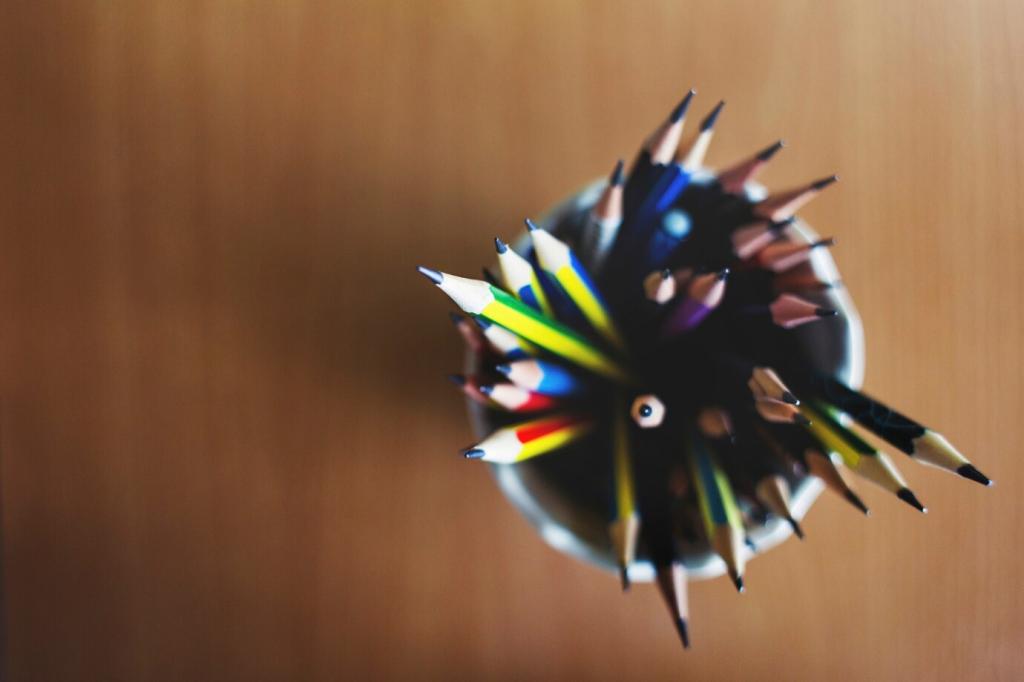
Lighting: The Co‑Star of Color
North light often reads cooler and more even, making blues calmer and warming tones slightly muted. South light glows golden and can overheat colors. Always test swatches on multiple walls, then watch them shift from sunrise to evening.
Layout and Zoning by Temperature
Create a Cozy Conversation Anchor
Cluster seating over a rug with russet, paprika, or honey tones, then echo warmth in throw pillows and art. The color cue says, “Come closer.” Add a wood side table and candle glow to layer comfort. Who would you invite first?
Design a Cool Focus Nook
Choose blue‑gray paint, a crisp desk surface, and a linen shade to channel stillness and concentration. A soft graphite rug grounds the nook without visual noise. Keep accessories minimal so the cool palette can do the quieting work for you.
Natural Transitions Between Zones
Bridge a warm lounge and cool workspace with a neutral hallway or console vignette. A charcoal frame on warm art, or a sand‑colored runner against a blue wall, creates a graceful handoff. Show us your favorite threshold moment at home.

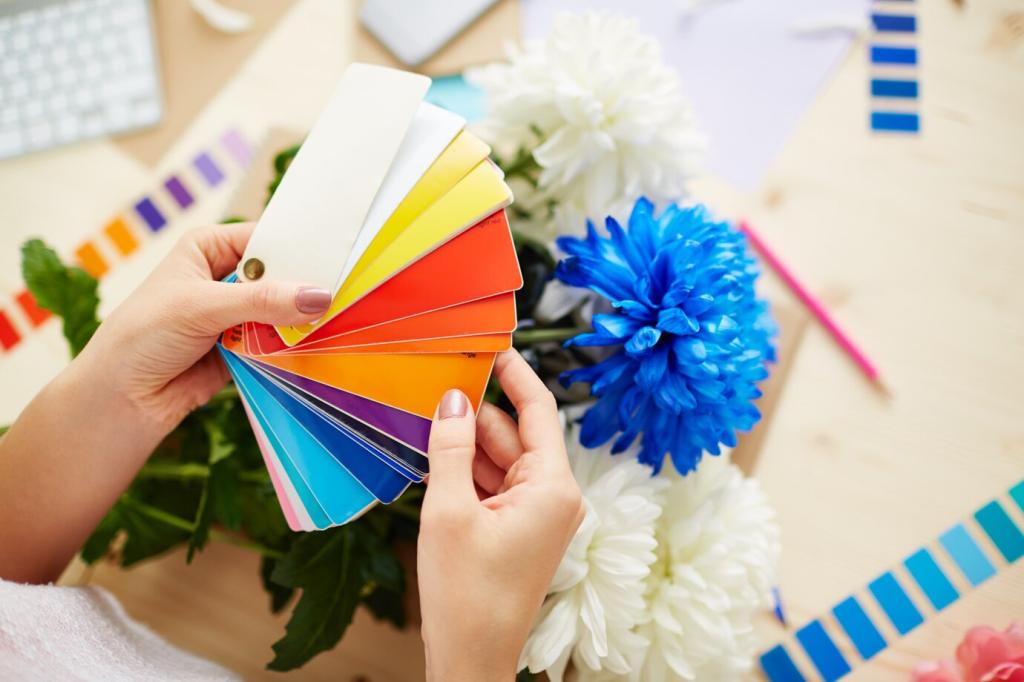

A True Story: One Living Room, Two Temperatures
Beige walls leaned yellow, the blue sofa felt marooned, and chrome accents scattered glare. Evenings felt chilly, mornings oddly stale. Friends tended to perch near the kitchen island, not the living room. Have you felt a similar mismatch at home?
A True Story: One Living Room, Two Temperatures
We warmed the conversation wall with a soft terracotta, added a walnut shelf, and repeated the sofa’s blue in a watercolor print. A fog‑gray rug bridged temperatures. Lamps at 2700K hugged the warm zone; a 4000K task lamp defined reading.
A True Story: One Living Room, Two Temperatures
Guests settled on the warm side unprompted, while the cool reading chair finally hosted quiet mornings. The home felt organized by feeling, not furniture. Tell us which zone you would use most, and we’ll share the paint names by email.
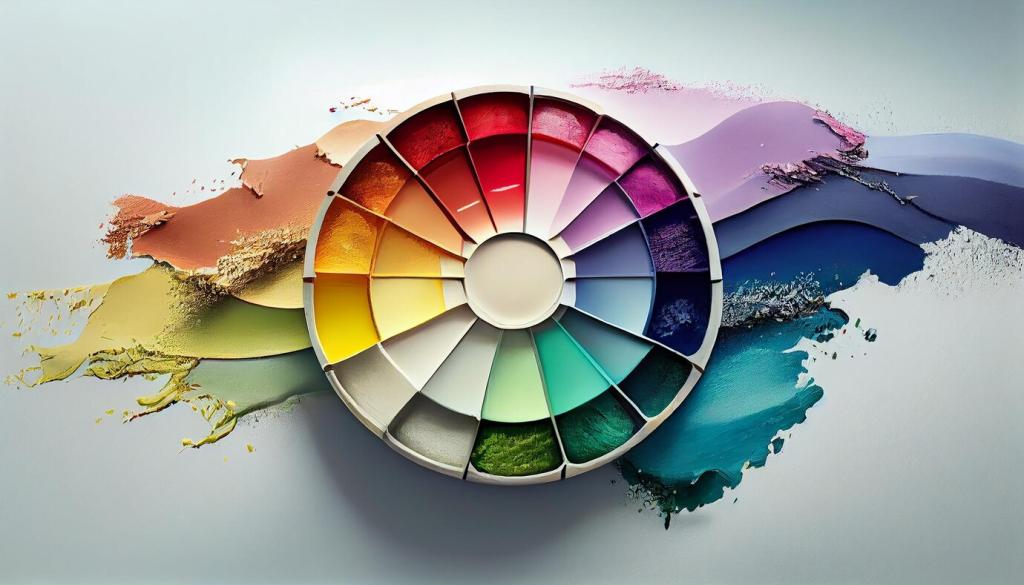
Sunset Gatherings
Cinnamon wall, camel leather, brass lamp, oat linen curtains, and smoked oak frames. Add candlelight and a textured wool rug. This palette lends instant hospitality without shouting. Invite two friends over and note how long everyone lingers after dessert.

Ocean Quiet
Misty blue‑gray walls, pale ash wood, matte black accents, and a sea‑glass vase. Keep clutter minimal and lines simple. The room feels spacious and breathable. Track your focus for a week here, then report your productivity boost to inspire others.
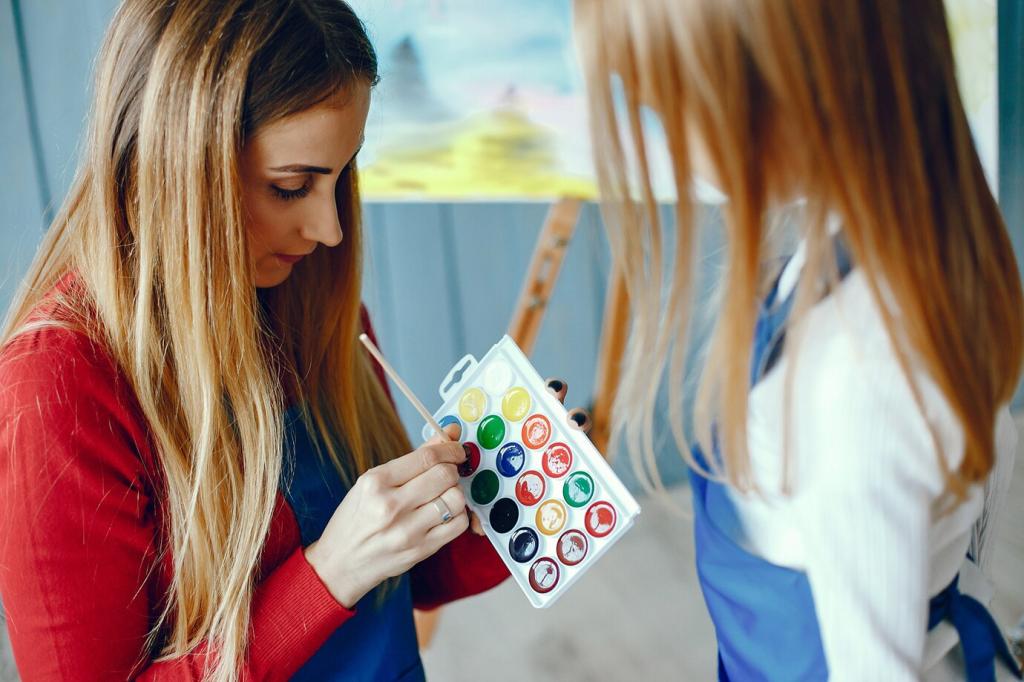
Balanced Hearth
Greige walls, terracotta planters, graphite side tables, and a denim throw. Warm art above a cool console ties the story together. This is the diplomatic palette for open plans. Save your swatch list and subscribe for a downloadable shopping guide.
Common Pitfalls and Quick Fixes
Too many saturated oranges and reds can feel heavy. Introduce breathable neutrals, lighten one large surface, and add a cool reflective accent like glass. Warmth remains, but the room exhales. What single item could you cool today to rebalance?
An all‑gray scheme can drift sterile. Borrow warmth through wood frames, woven baskets, or a softly patterned wool rug. Swap one lamp to 2700K for evening comfort. Notice how faces look friendlier in warmer light during conversations and dinners.
Grays with green, blue, or violet undertones may clash with warm floors. Sample big swatches near trim and upholstery before committing. If conflict appears, shift your neutral warmer or cooler to harmonize. Post your swatch photos for second opinions.

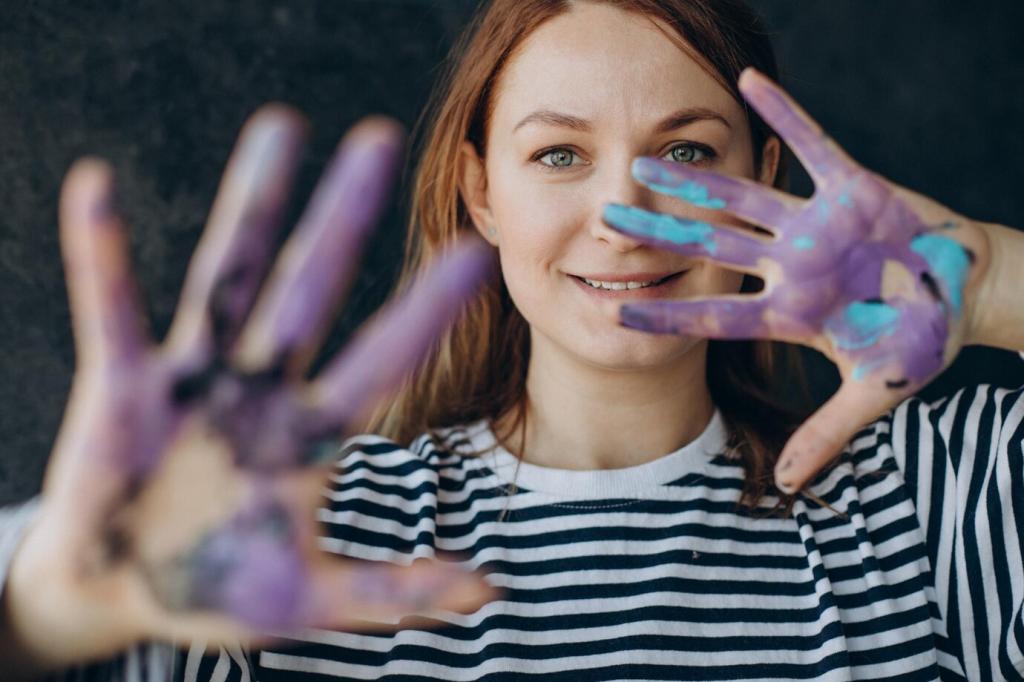

Engage and Evolve: Your Color Journal
Paint large samples on foam boards, move them around, and photograph morning, afternoon, and evening light. Write down how each swatch makes you feel. Repeat for warm and cool options. Share your top two and ask the community to weigh in.
Engage and Evolve: Your Color Journal
Set the table with warm linens one week and cool linens the next, keeping everything else constant. Ask guests about mood, conversation energy, and lingering time. You will hear surprising feedback. Post your results and tag us to compare outcomes.
